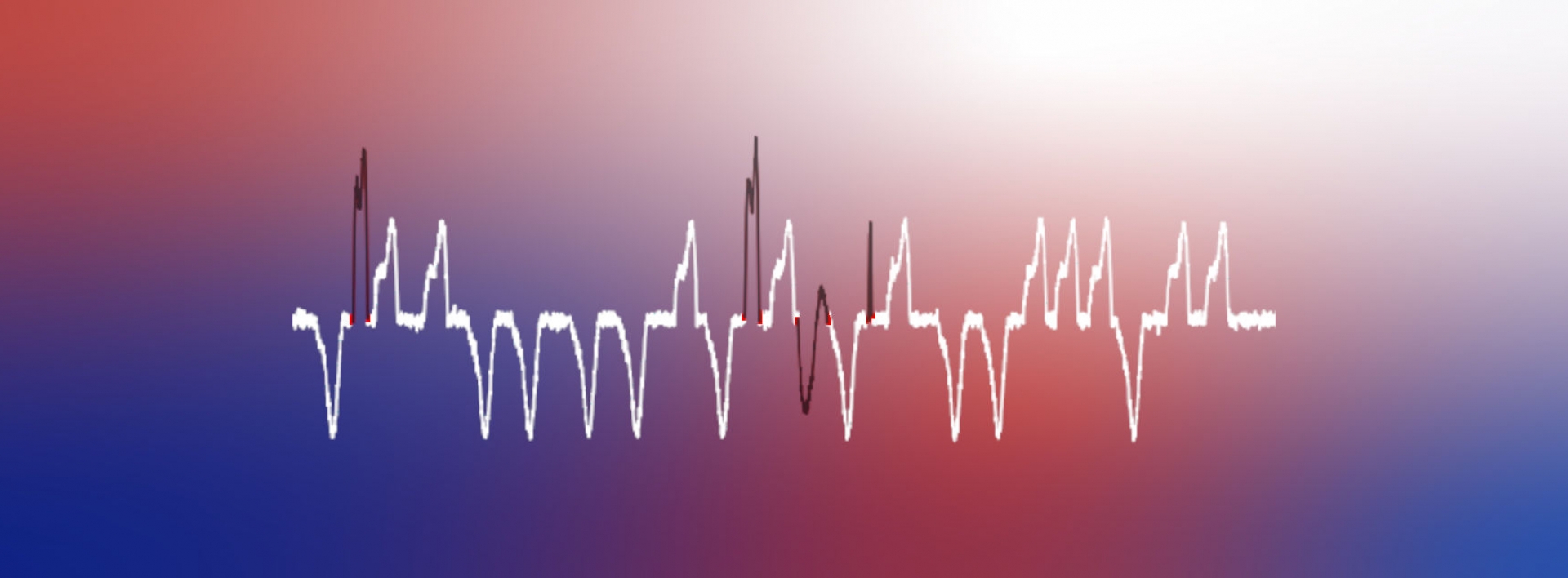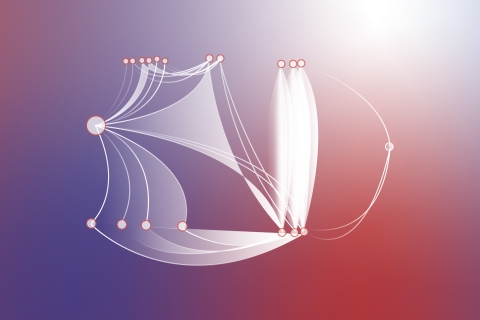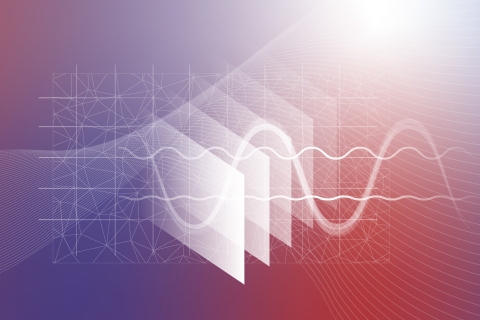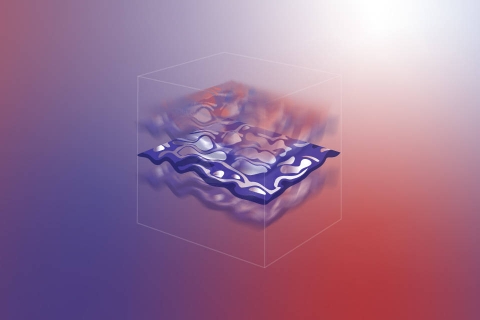Signals and time series, learning and representations
Scientific referents
Laurent Oudre
Presentation of the thematic area
In many application contexts (healthcare, industry, biology, etc.), the data collected takes the form of time series. The fundamental challenge is to choose a suitable representation that takes the best possible account of temporal information.
The team is working on various tasks linked to learning for signals and time series.
- The first involves the detection of events in time series, such as abrupt changes (change-point detection), repetitive patterns (motif discovery) and abnormal events (anomaly detection), using statistical or geometrically inspired methods. This area of research has applications in medicine for the longitudinal monitoring and inter-individual comparison of patients suffering from neurodegenerative diseases, in biology for the study of rodent behavior, and in industry for predictive maintenance tasks.
- The second axis is linked to representation learning for signals, with dictionary learning, deep learning or symbolization approaches enabling unsupervised definition of mathematical spaces adapted to temporal data. These techniques have been used to study gait, breathing and spikes in neuroscience.
- The third axis focuses on the modeling of time series using Graph Signal Process (GSP) approaches, whichexploit the inherent structure of the data to improve processing. These techniques are used, for example, to process temporal data recorded from sensor networks (3D motion capture, intracardiac signals).
Two ideas also infuse much of this work: the importance of reproducibility (through the dissemination of source code and WEB applications, the development of reproducible scientific journals or the publication of software libraries) and interdisciplinarity (through collaborations with doctors, biologists, industrial operators and neuroscience researchers).
Key words
Signal processing; Machine learning for time series; Change point detection; Motif discovery; Anomaly detection; Dictionary learning; Graph signal processing
Covered topics
- Detection of events in time series (change-point, motifs, anomalies)
- Dictionary and representation learning
- Graph Signal Processing (GSP)
Key facts on 2018-2024
- The Python ruptures library implements and unifies numerous state-of-the-art and the Centre Borelli algorithms for detecting change-point in time series. Launched in 2019, it will have been downloaded more than 19 million times by 2024, and is infusing many fields (industry, advertising, medicine, biology, etc.).
- Theoretical and methodological work on graph signals: demonstration of an uncertainty principle and graph learning method from temporal data.
- Methods for building structured automatic summaries of multivariate temporal data streams, with applications in video, biology and neuroscience.
Applications
- Signals from biomedical research protocols: accelerometry, ECG, EEG, 2D and 3D trajectories, video, sound...
- Industrial time series (monitoring) and predictive maintenance
- Data from sensor networks
- Studies of gait, anesthesia, respiratory and cardiac activity, posture, eye movement, upper and lower limb movement...
Collaborations
- Duke University, Université d’Evry, LSE, Université de Sherbrooke, Michelin, ENGIE, SNCF, Sysnav, RTE, Hôpitaux Percy, Fernand Widal, Bégin, Necker, Cochin






